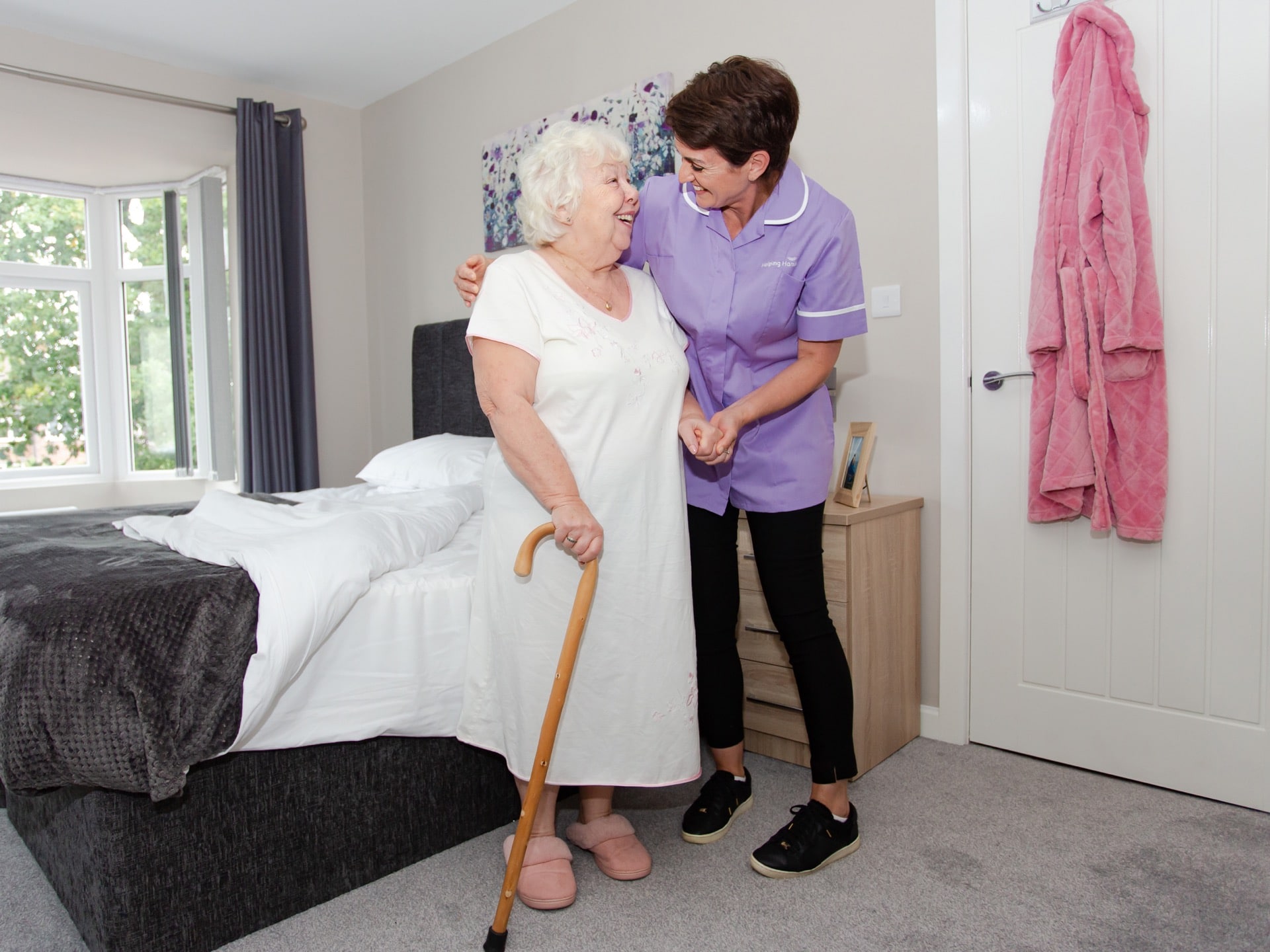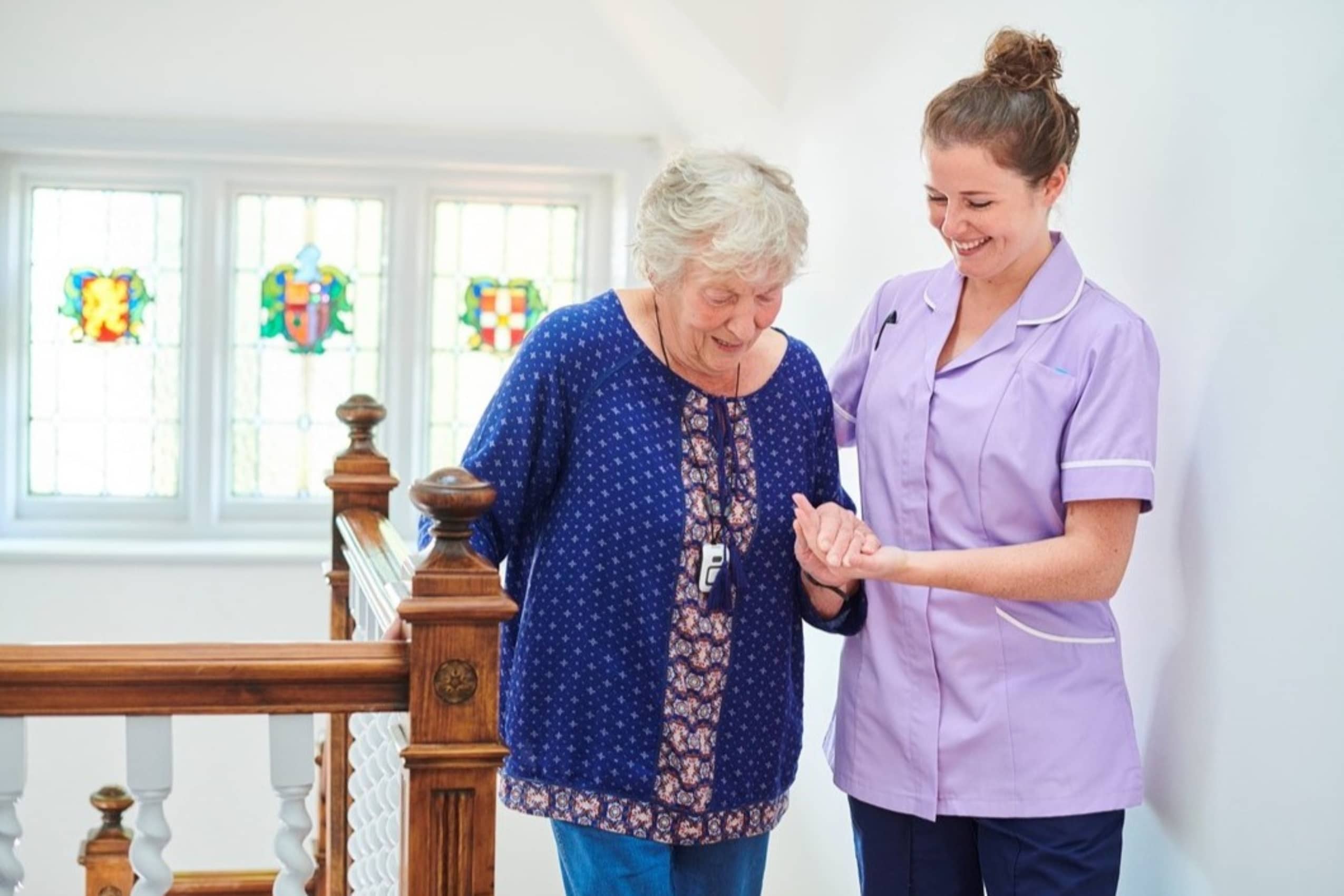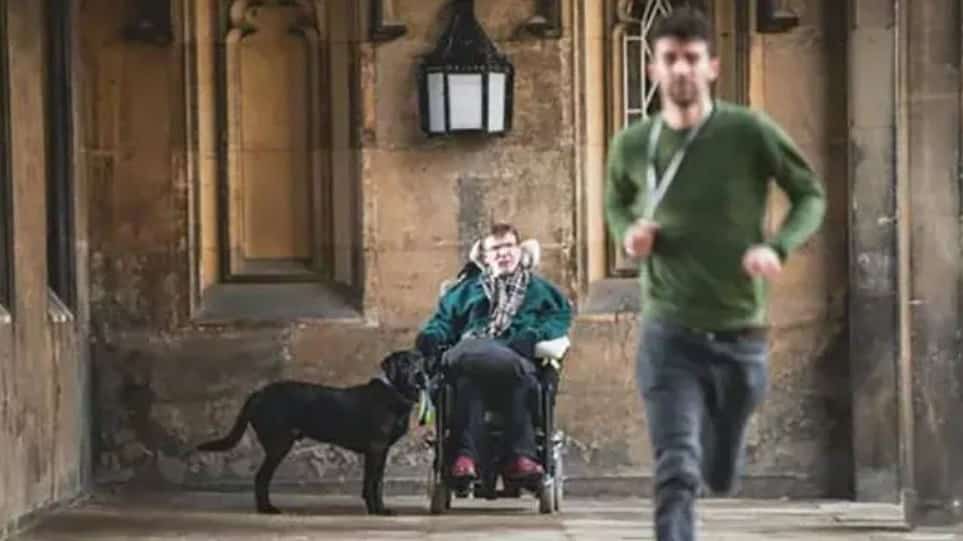What is muscular dystrophy?
The causes and symptoms of MD
Muscular dystrophy is the generic term used to describe a group of over 30 hereditary and genetic diseases that involve varying degrees of progressively weakening muscles.
MD is particularly concerned with skeletal muscles, but some types involve weakened smooth or cardiac muscles. In addition to progressive muscle weakness, the disease is also caused by abnormalities in muscle proteins and dying muscle tissue and cells that control movement.
The group of muscular dystrophies (MD) generally affects movement and disability. While some cases can be mild, progressing slowly over a lifetime, others involve drastic deterioration commonly losing the ability to walk.
Muscular dystrophy is one of the most commonly known hereditary diseases. Some forms may be noticeable at birth, while others are often diagnosed in adolescence.

The symptoms of muscular dystrophy
The symptoms of muscular dystrophy vary according to each type and person.
The symptoms and effects of MD vary depending on what type of MD you have. Some types of muscular dystrophy, like Duchenne for example, can shorten life expectancy, whereas others still cause muscle weakness, but it is still possible to live independently with the right support.
Some of the more common symptoms of muscular dystrophy are:
Frequent falls
You might have trouble with frailty or struggle with balancing, or experience frequent falls
Scoliosis
Scoliosis is abnormal twisting of the spine. It results in a change in appearance of the back.
Difficulty using muscles
You may find it difficult to use muscles in specific parts of the body, i.e. the face or pelvic areas
Joint contractures
Joint contractures which cause conditions such as clubfoot (a condition where the feet curve)
Different types of muscular dystrophy
There are three most common types of muscular dystrophy.
Each of these types differ greatly in the patterns of how the disease is inherited within a family, how and when the symptoms develop and the rate at which the disease progresses. Below, we take an in-depth look at each type of MD.

Duchenne muscular dystrophy
Facioscapulohumeral (FSHD)
Myotonic dystrophy
Duchenne muscular dystrophy (DMD)
Duchenne MD is caused by genetic mutations in the genes that regulate dystrophin.
Duchenne MD is caused by genetic mutations in the genes that regulate dystrophin. Dystrophin is a protein that maintains the integrity of muscle fibre, and the second largest gene in mammals. Because DMD is inherited through an X-linked chromosome, it is much more common in males than females because females have a second X chromosome. This normally protects them from displaying any symptoms. However, women can still pass this inherited recessive chromosome to their own children.
Typically, the symptoms of DMD start to develop in early childhood, normally between the ages of two and five years old, and then tend to progress as the child gets older. Though individuals affected by DMD have shortened lives, it is still possible for them to live into their 30s, with advancements in treatment continuing.
Facioscapulohumeral – FSHD MD

FSHD typically affects the group of muscles in the face, shoulders and chest.
Affecting around 2,000–2,500 people in the UK, the symptoms of FSHD typically start to show in adolescence but can be at any time. Although they will progress over time, it is usually at a slow rate.
FSHD is caused by genetic mutations which produce a protein in the muscles, which starts killing the muscle cells, causing the muscles to weaken. Those affected by FSHD may need the use of a wheelchair.
It is not uncommon for several members of the same family to be affected by FSHD, and it is possible to detect the condition through a genetic test. A physical exam may also be carried out by a GP.
Myotonic dystrophy
There are two types of myotonic MD: Type 1 (DM1), and Type 2 (DM2). Around 9,500 people in the UK have one form of myotonic MD, with DM1 typically being the more severe of the two.
Like most forms of muscular dystrophy, myotonic MD causes a gradual weakening of the muscles. It gets its name from the presence of myotonia in the body, which causes muscle stiffness especially in the jaw.
Myotonic MD also leads to complications in other systems of the body, including in the heart, lungs, and eyes. However, many of the issues in these areas may not necessarily need specific treatments. For instance, it might be recommended for you to have a pacemaker fitted. Some children with myotonic MD may experience learning difficulties without any physical symptoms being displayed.
Living with muscular dystrophy

Currently, there is no cure for any form of MD. However, it is still possible to live independently with the help of physio, occupational therapy or medication to manage the symptoms of the condition. Some people arrange for extra help at home, enabling them to live in familiar surroundings and retain their independence.
Some cases of muscular dystrophy are fairly mild, while others are more severe. There are peer support groups across the country for muscular dystrophy to help you come to terms with lifestyle changes with the support of others with the condition.
Research into muscular dystrophy is continually being carried out to better understand what causes it, which it is hoped will help with diagnosing and preventing MD before it progresses too far.
How we’re helping Jon
Jon came to us when he needed support to complete his PhD at Cambridge.
We love sharing stories about the difference our dedicated home care is making in our customers’ lives up and down the country. Find out how live-in care has helped Jon during his time studying in Cambridge as he overcomes the physical challenges of living with Duchenne muscular dystrophy.

How to arrange support for MD
We aim to make it easy to arrange the support you want so that we can focus on what really matters: your care needs. Speak to our team today to begin your journey.
Speak to our team
Call our team of experts to talk through your options and any questions you may have
Free home care assessment
Your local Helping Hands manager will visit you to discuss your care requirements
Find your carer
We’ll help to match you with a carer who meets your preferences and has the right skills
Fully regulated by the CQC / CIW
At Helping Hands, our muscular dystrophy care is fully managed and regulated by the Care Quality Commission (CQC).
From your very first phone call to our friendly team, every aspect of your home care service is independently monitored and regulated by the CQC and Care Inspectorate Wales (CIW).
Why is being a regulated company important?
What does regulation mean?
Our service is regularly monitored, inspected and regulated by an independent body
Why do we choose to be regulated?
You have peace of mind that your care is approved by social care’s regulating body
How does regulation affect my care?
Our regulation means a guarantee that we’ll provide you with high quality care, no matter what
Page reviewed by Rebecca Bennett, Regional Clinical Lead, on November 30, 2021.
